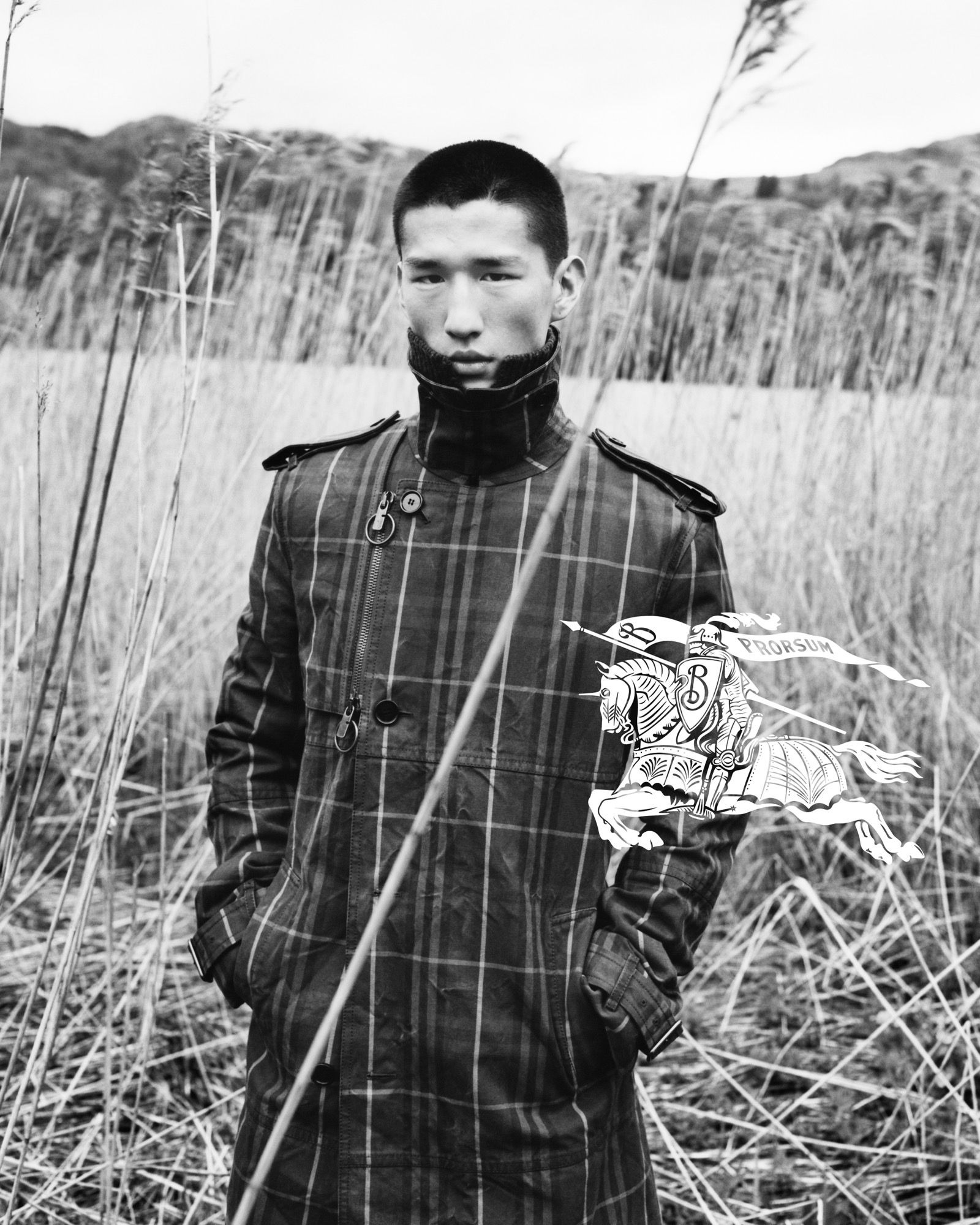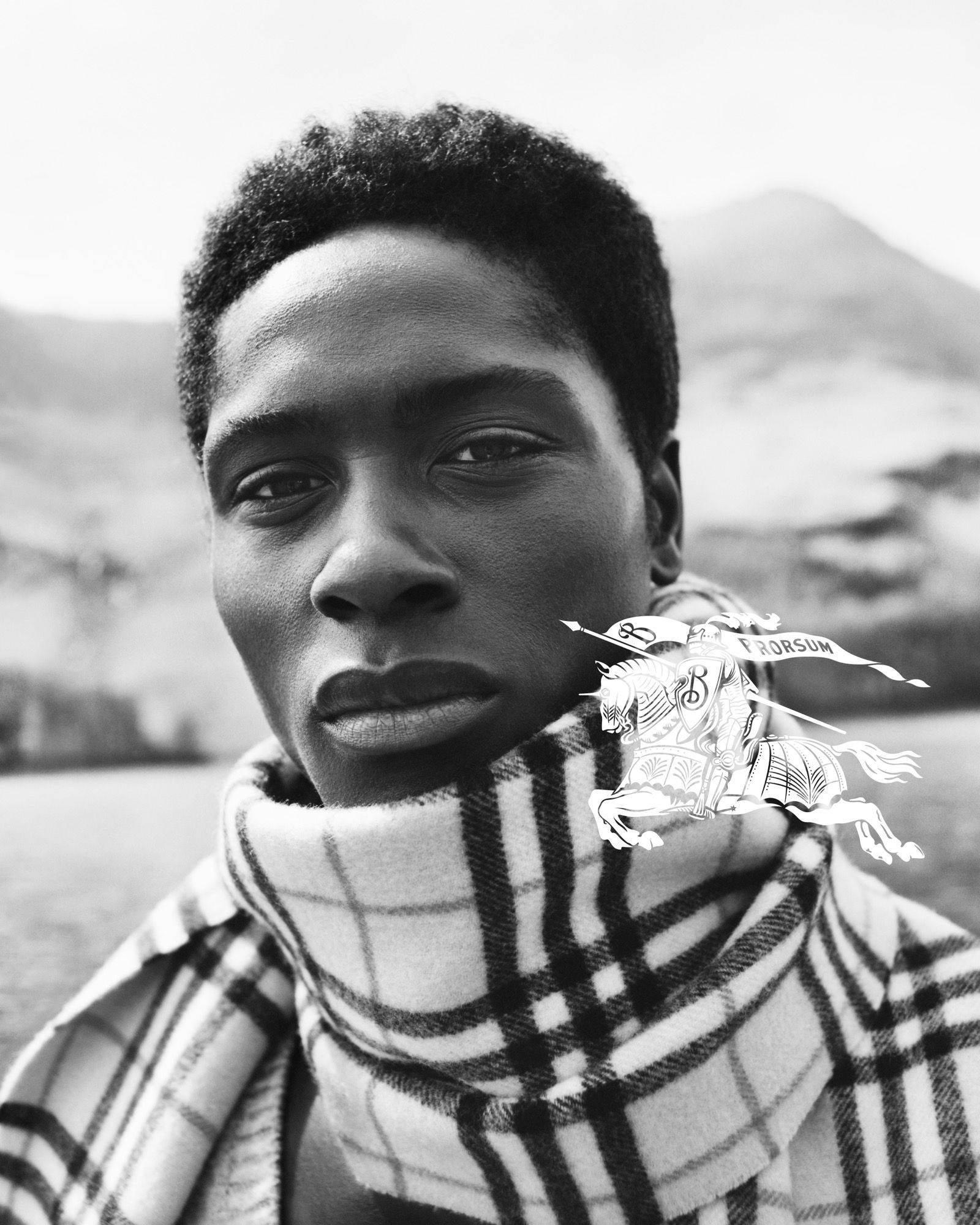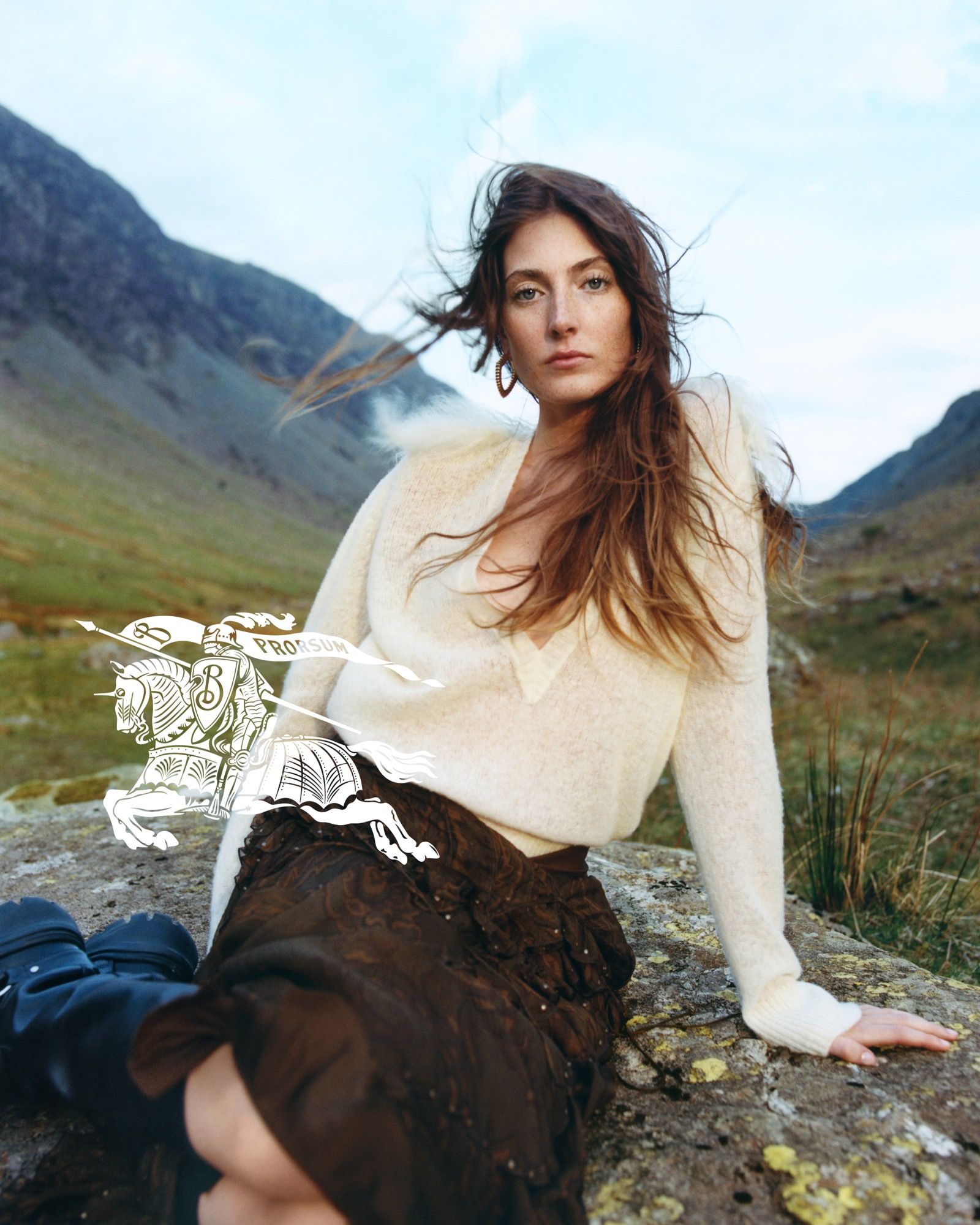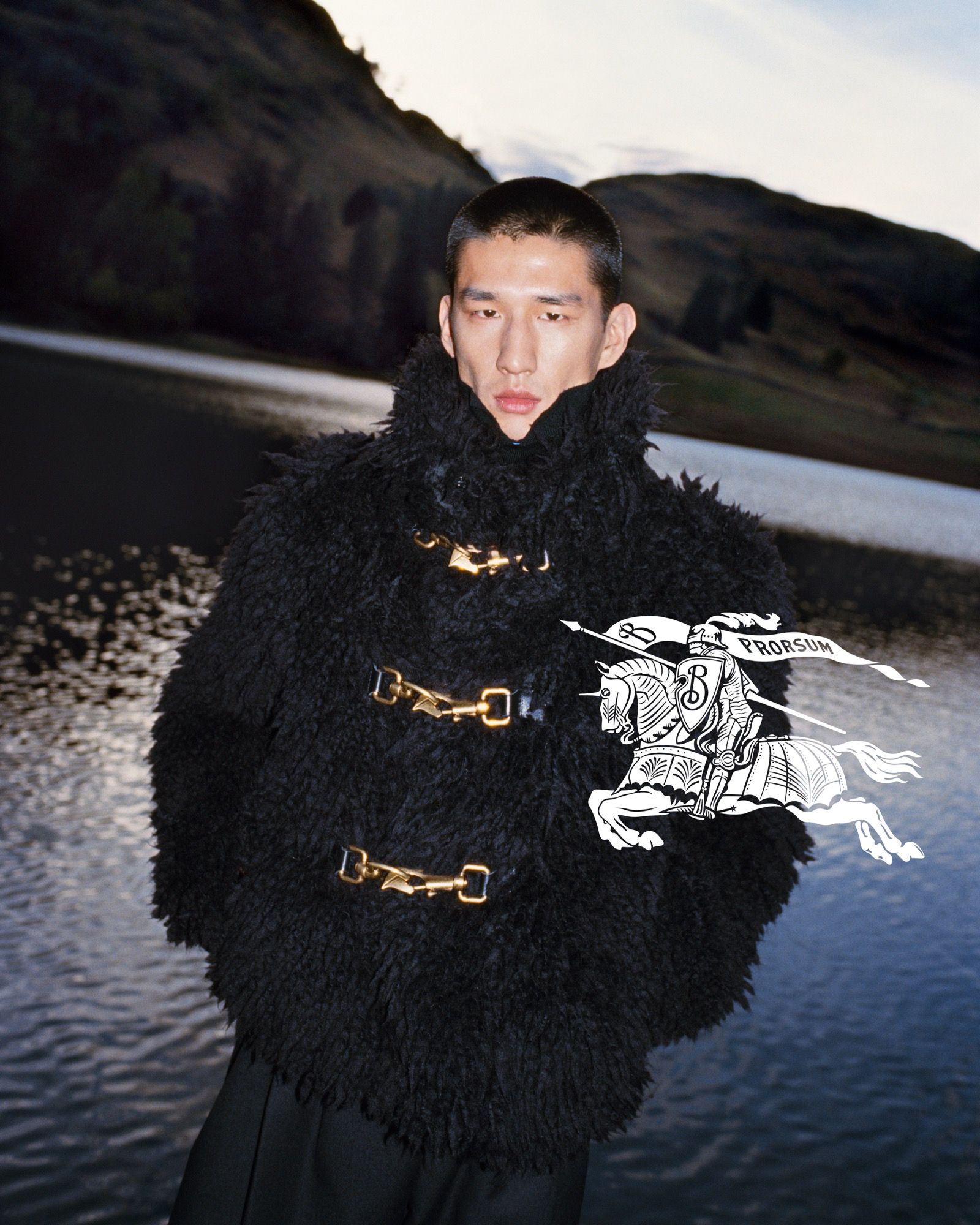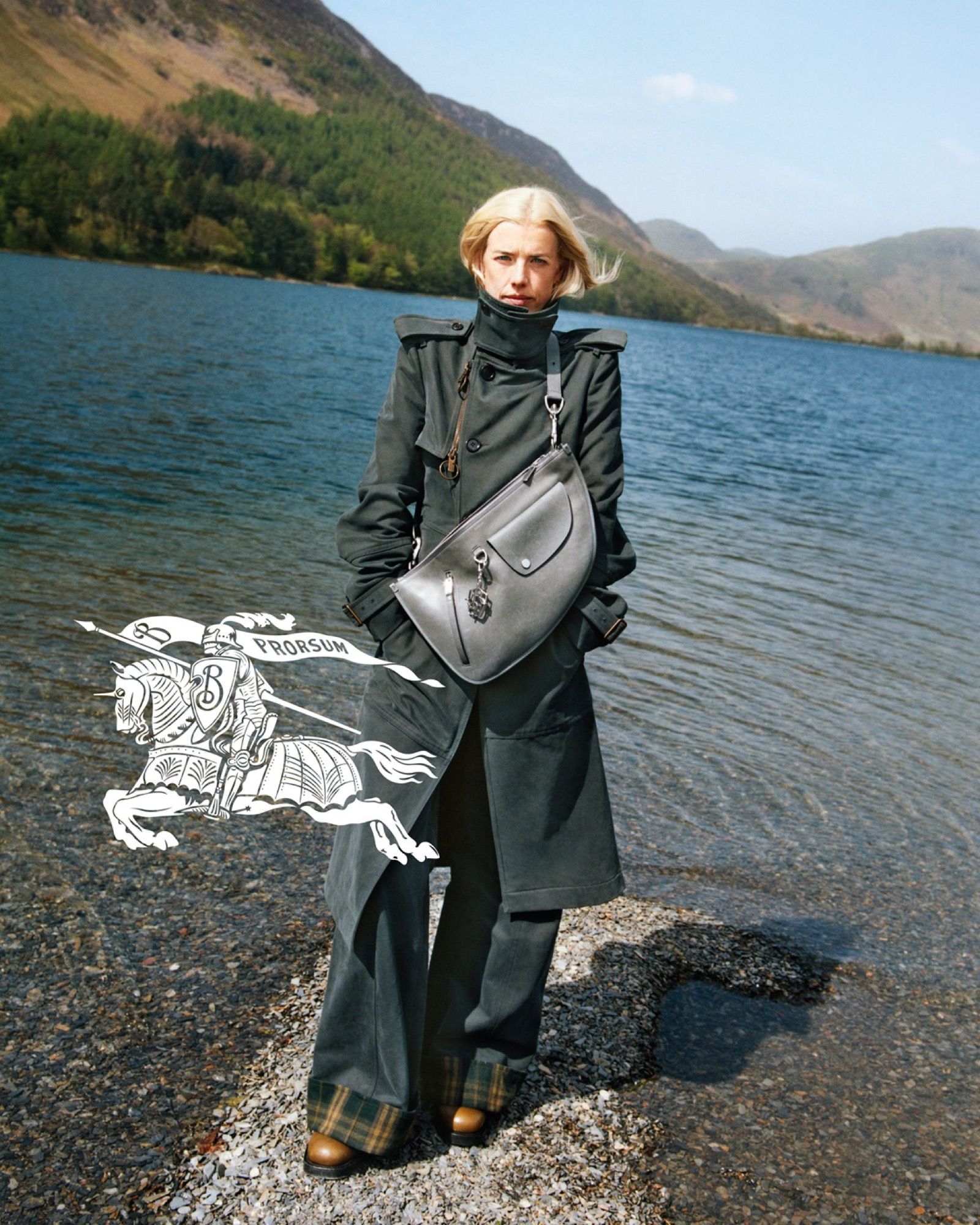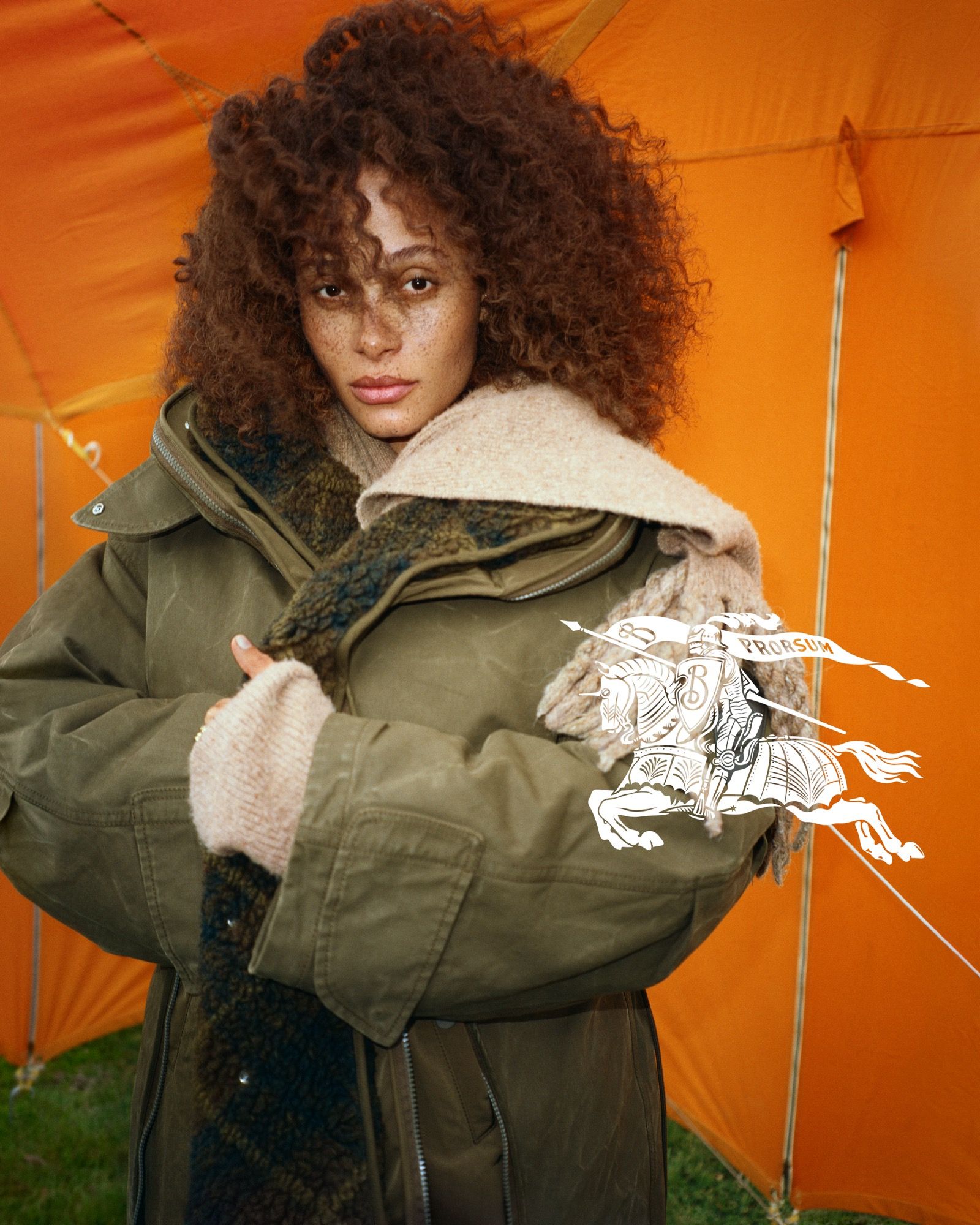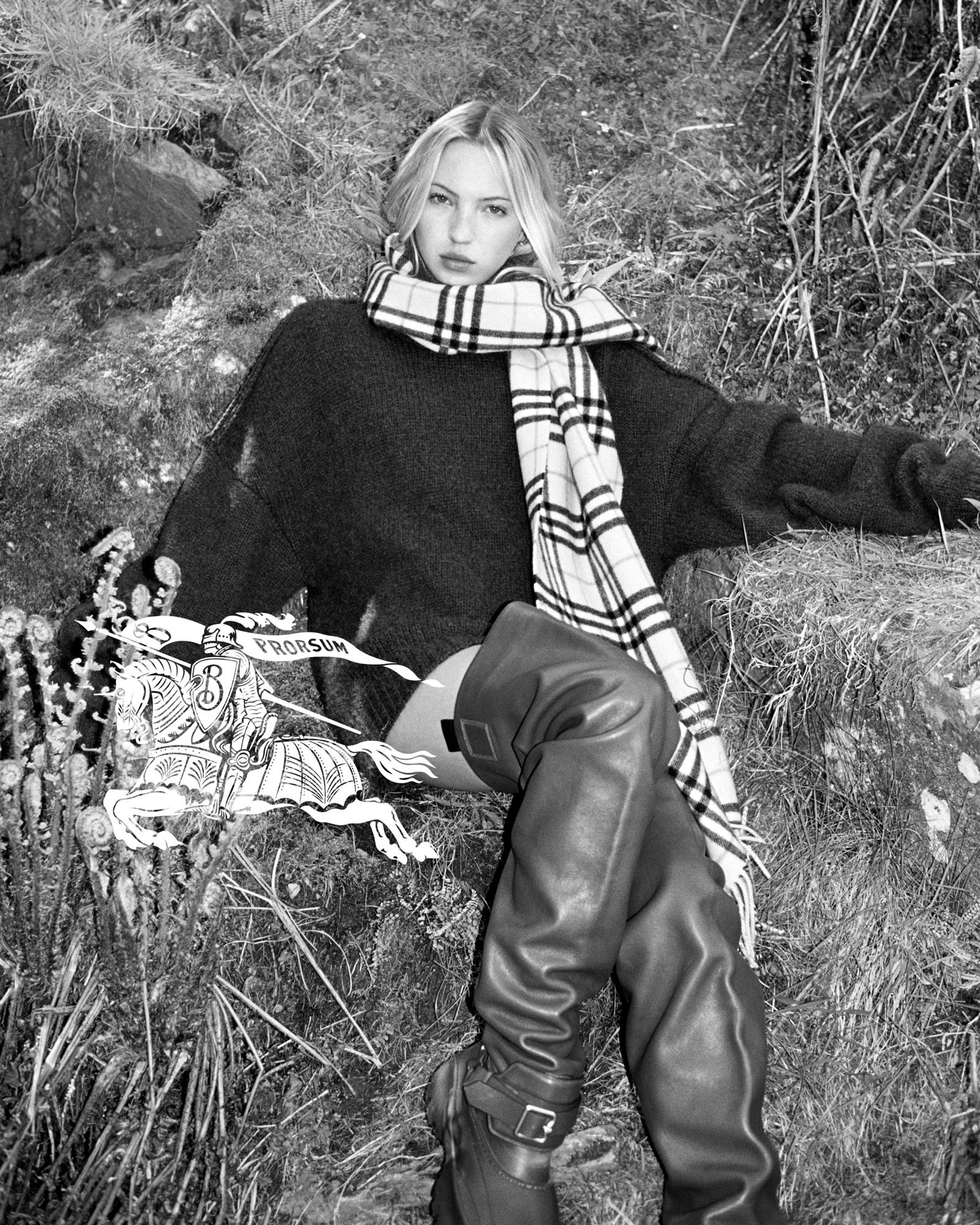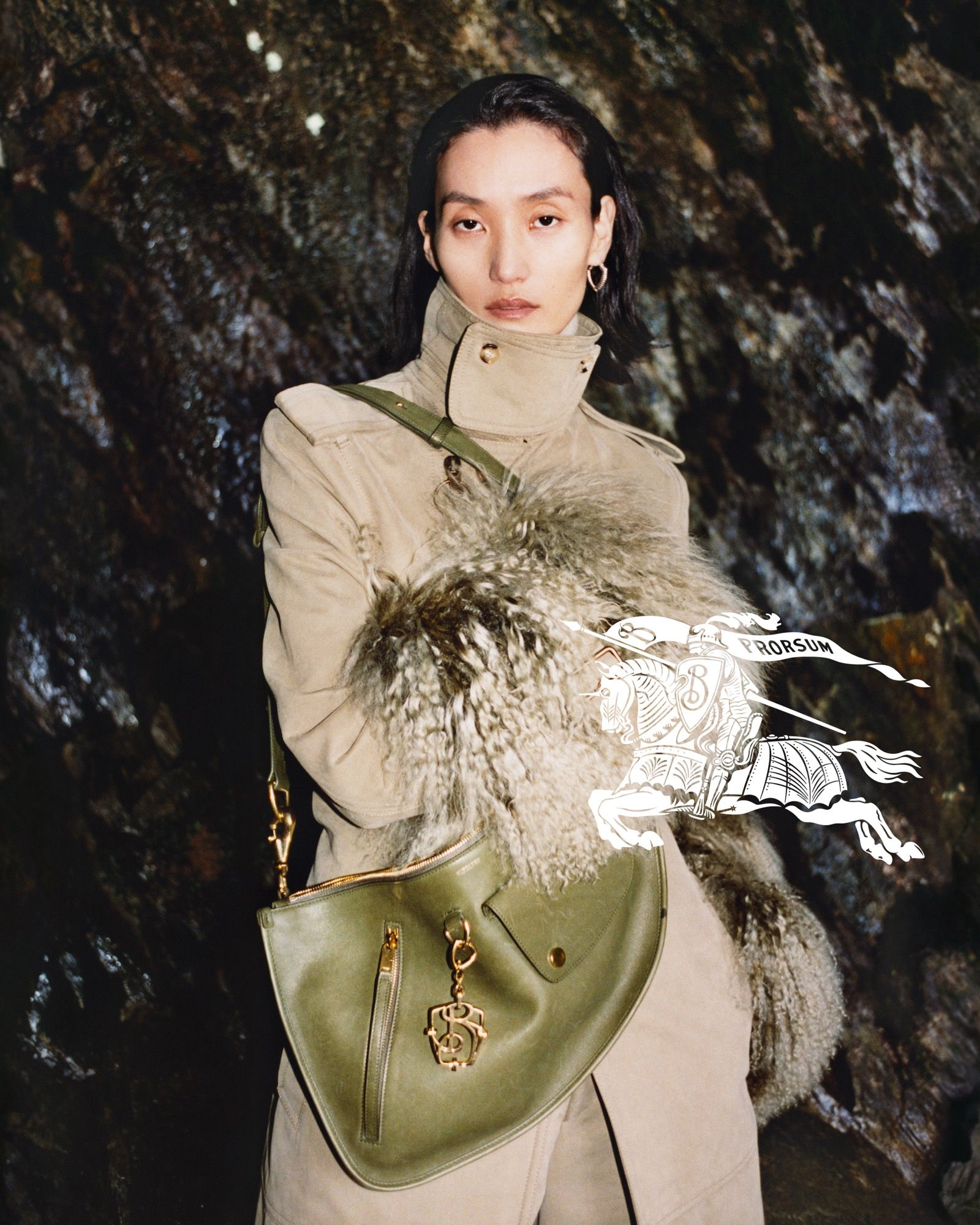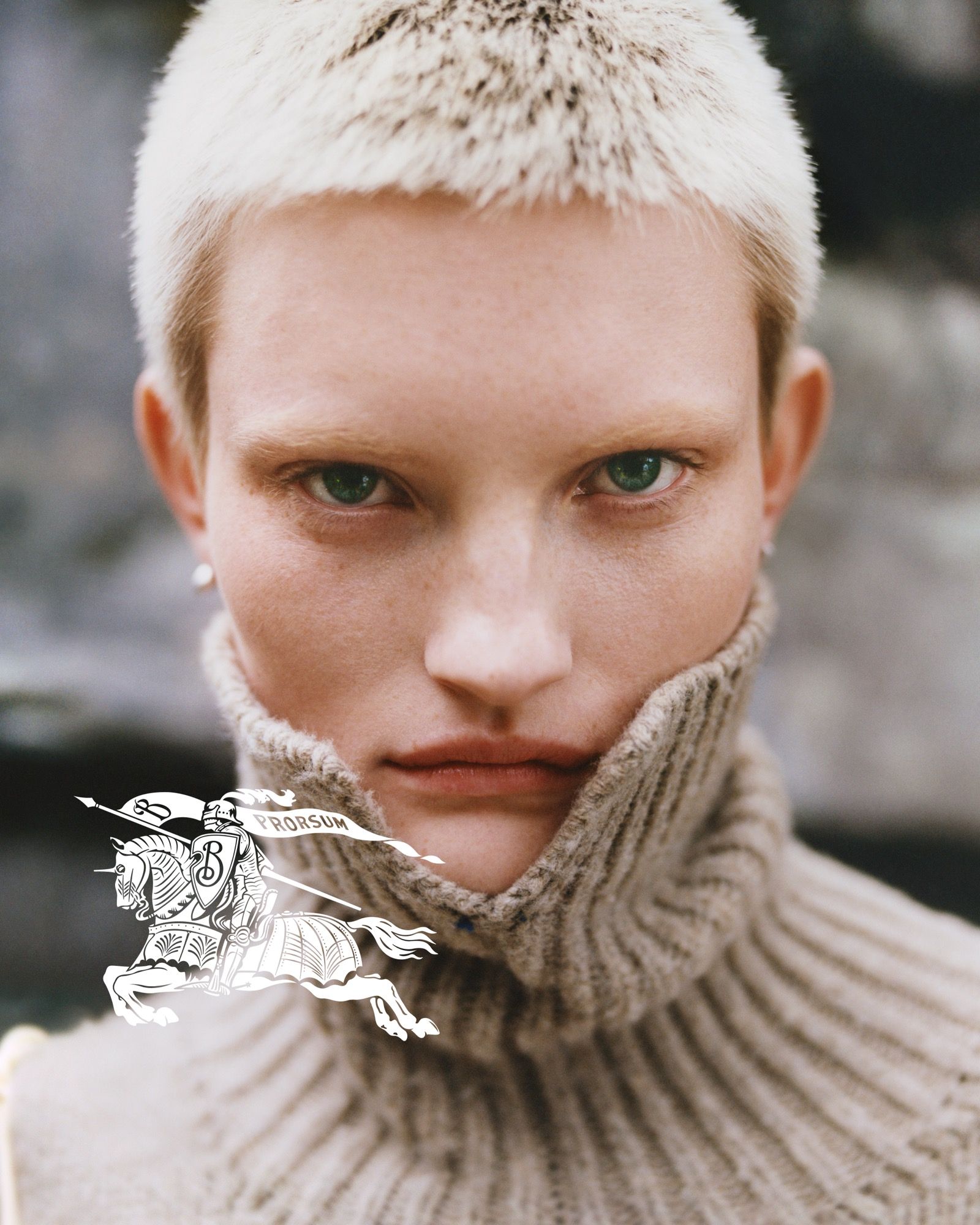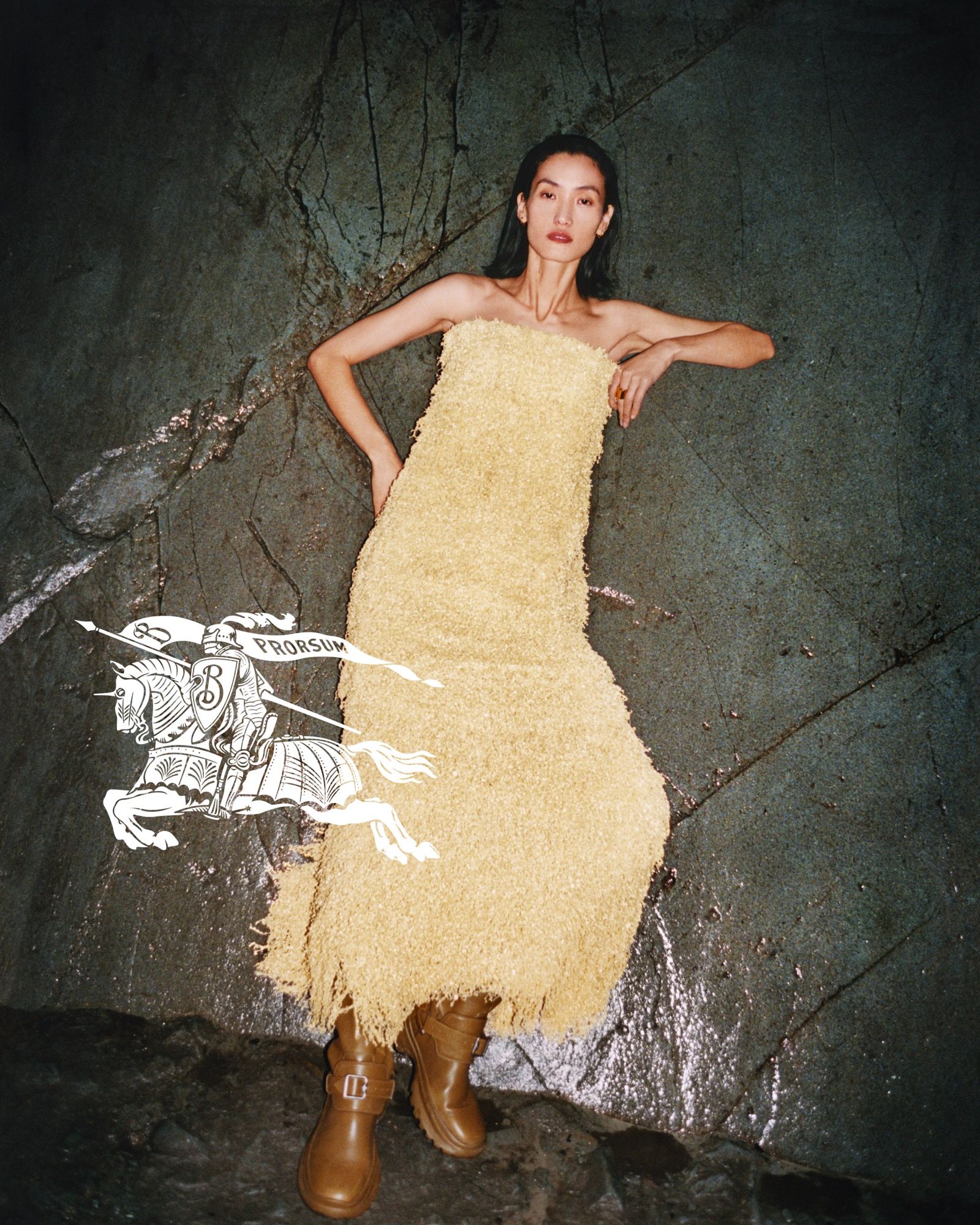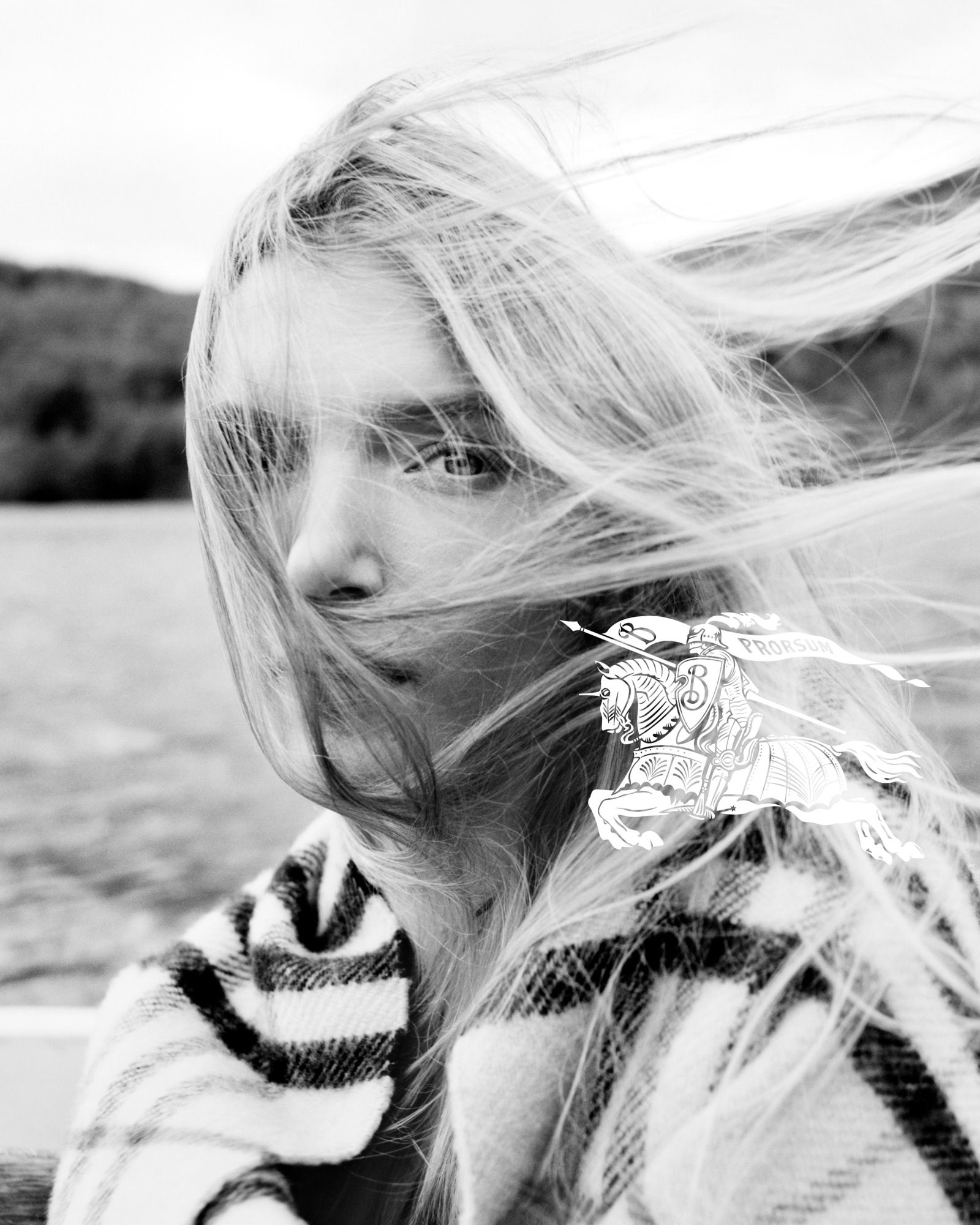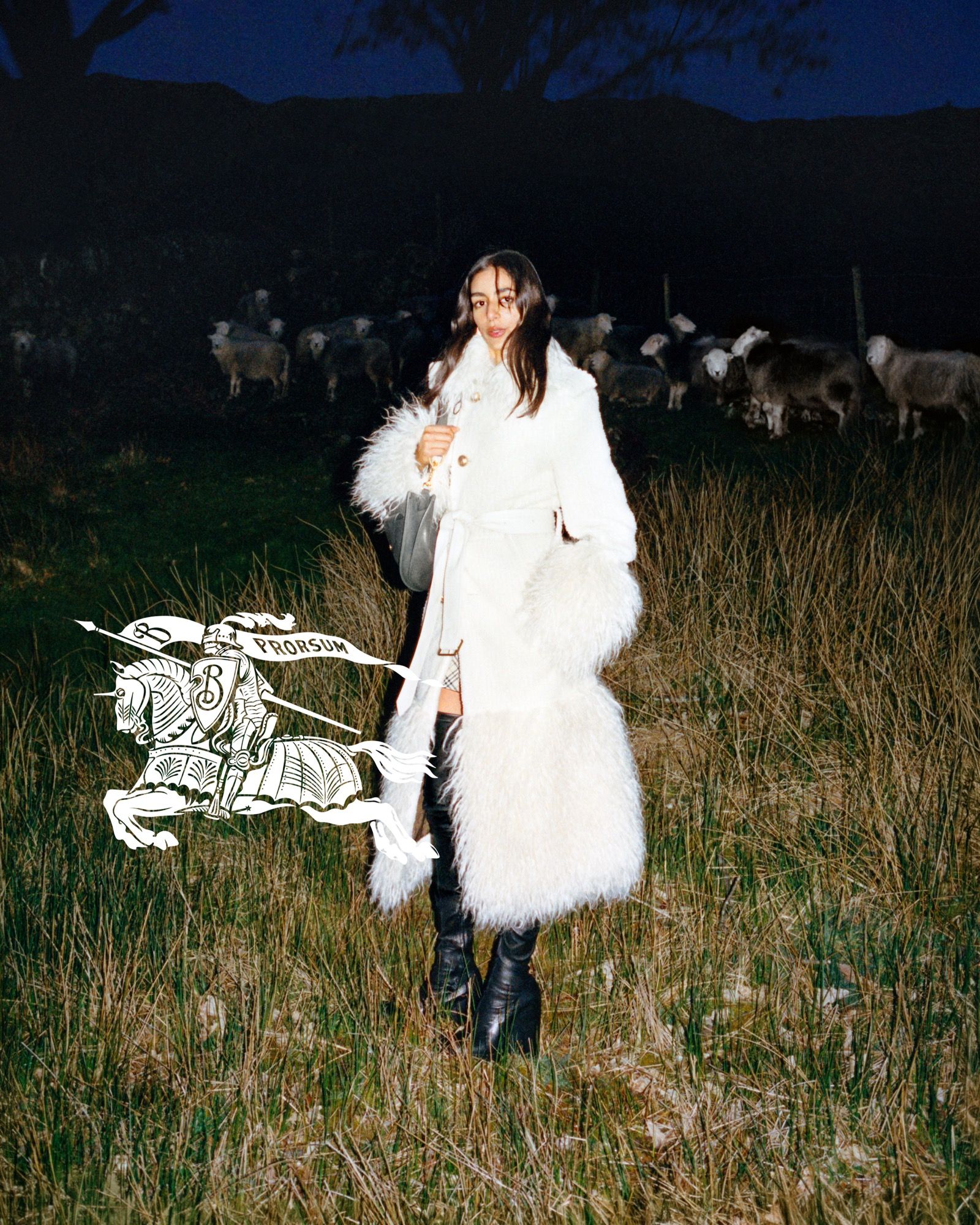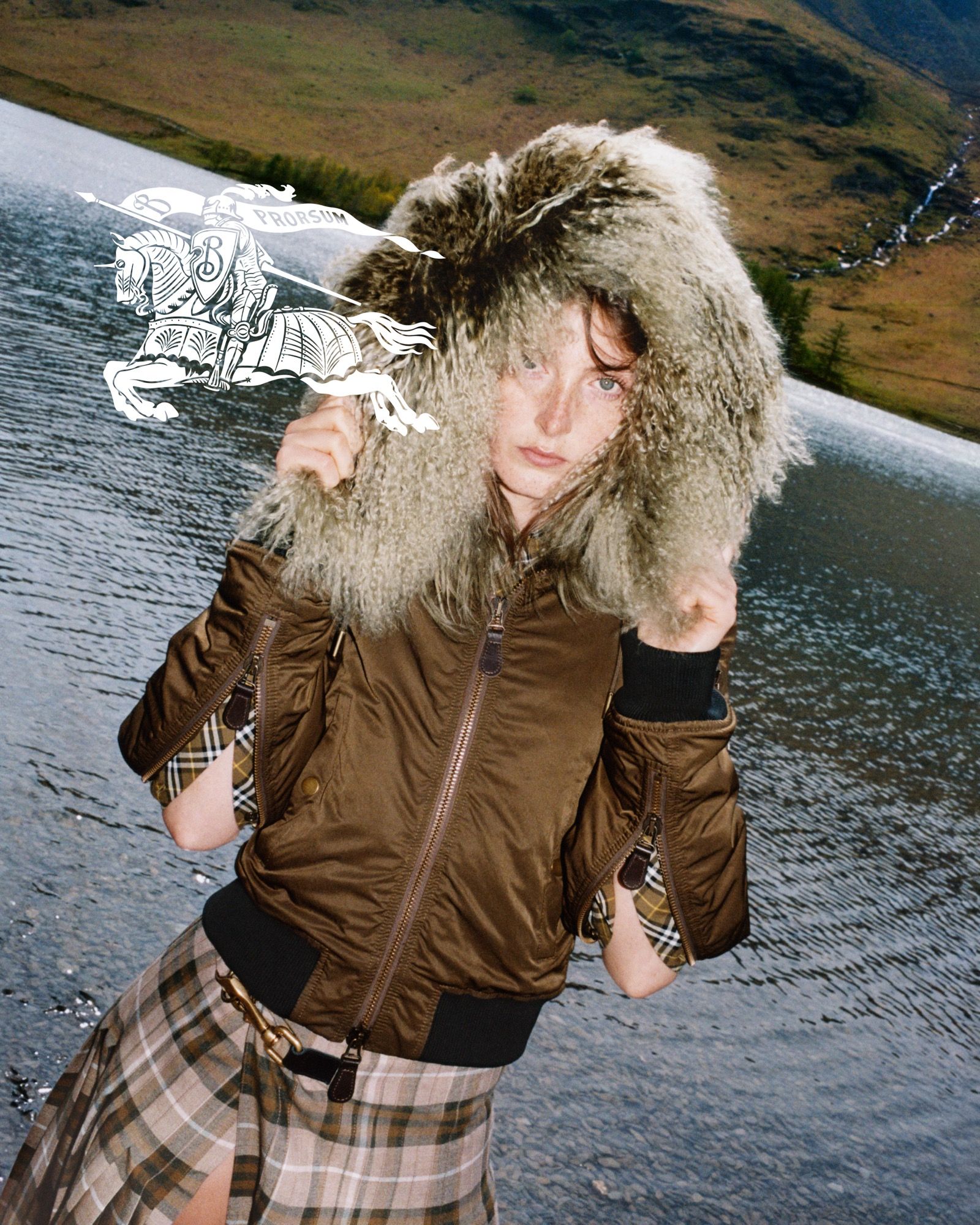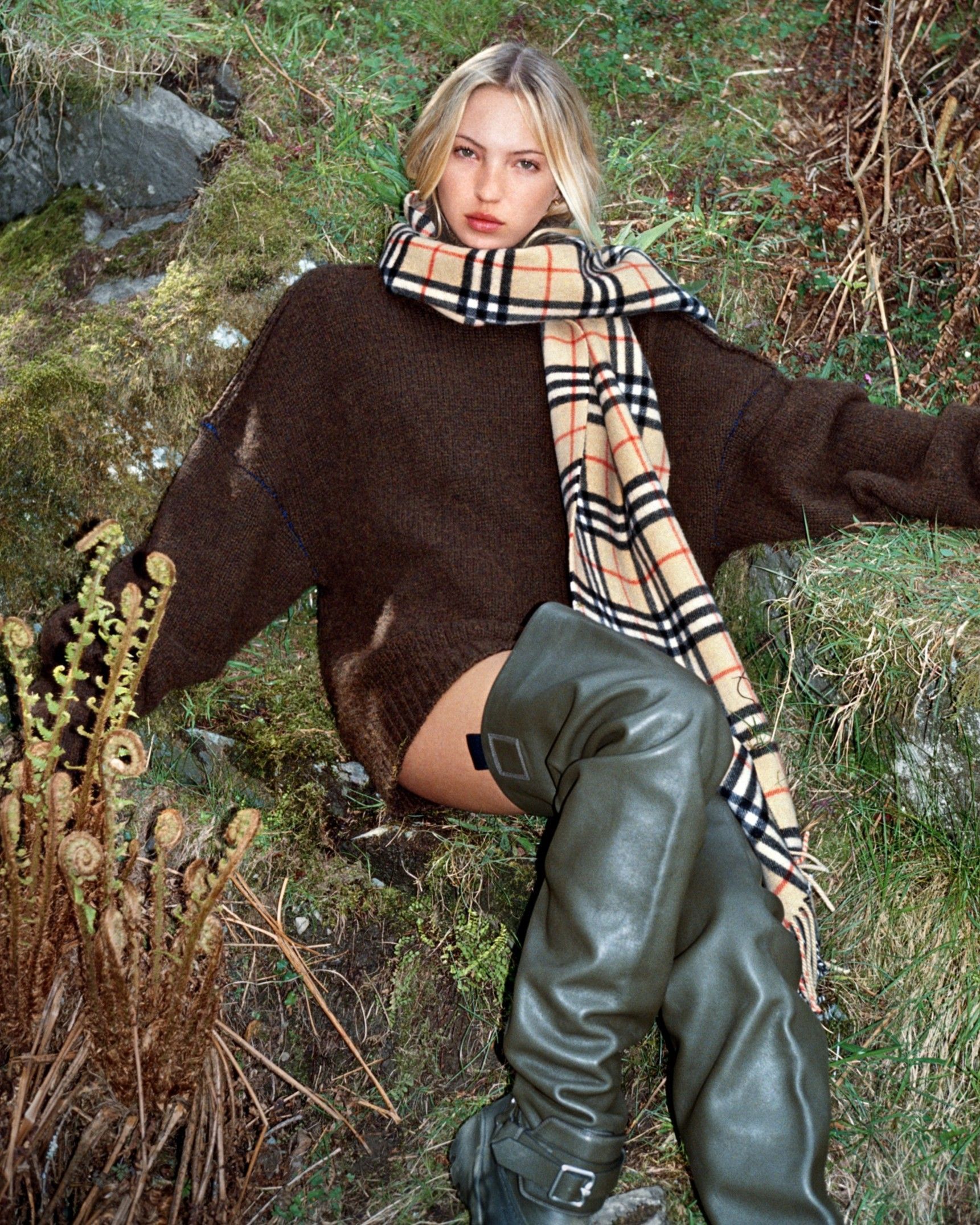
How many nepo babies will it take to save Burberry? The British brand and the curse of engagement
In the latest Burberry campaign, released today on social media and major online fashion outlets, nepo babies Maya Wigram and Lila Moss (for the uninitiated, respectively daughters of Phoebe Philo and Kate Moss) wear the brand's autumn collection within the quintessentially English Lake District, a UNESCO site and the largest national park in the United Kingdom. Among reimagined maison checks, soft knitwear, and the essential trench coats, the lookbook presents a patriotic Burberry, though elevated towards a certain sense of modernity thanks to fresh faces. The styling pays homage to tradition with raincoats and rubber boots, moss-colored and forest green tones evoking a time when the brand dressed soldiers and explorers, a stylistic code revisited in every new collection by creative director Daniel Lee. While the designer has been at the helm of the maison for almost two years now, after a 22% drop in sales in the first quarter of 2024, Burberry announced the appointment of a new CEO, Joshua Schulman. The fashion house's decision to replace the chief executive officer (until July, Jonathan Akeroyd) but not the designer, to attempt a business change but not an artistic one, speaks volumes about the importance the company is placing on its rebranding, including its spokespeople. But how much does the choice of the faces representing a brand really impact its performance when it’s sinking?
The new face of Burberry combines retro charm, strongly tied to the homeland and the stylistic elements that have made the brand an icon of the country, with Gen Z spokespeople. It’s not just about models with modern looks, high cheekbones, and many TikTok followers, but rather a group of nepo babies, descendants of past generations of pop stars, celebrities, artists, and authors born Made in Britain. They star in the lookbooks, as in the case of Lila Moss and Maya Wigram, and in the fashion shows, sitting front row next to mom and dad or directly on the runway. Since Daniel Lee’s debut on the runway as Burberry's creative director, the brand's productions have included faces like Iris Law (daughter of Jude Law and Sadie Frost) and Lennon Gallagher (son of Liam Gallagher, seated front row at FW24 with his third son Gene), British fashion icons like Naomi Campbell, Agyness Deyn, Lily Cole, Lily Donaldson and Karen Elson, but also new personalities from film, music, and sports like Barry Keoghan, Emma Mackey, and Marcus Rashford. The combination of house check and Wellington boots - new and past icons of British pop culture - seems to benefit the brand, especially on social media: the maison's pages achieve annual engagement nearing 5 million interactions. Unfortunately, clicks don’t change the fact that in March 2024, the maison reported a 40% drop in profit.
If the new image of Daniel Lee's brand (a checkered scarf in bright colors, a more structured trench coat, the nostalgic image of England coated with a fresh coat of paint) truly generates so much online engagement, what Burberry might be missing is a more consistent communication plan. Imran Amed of The Business of Fashion calls it Brand Magic, that balance between identity and marketing that brings a luxury brand to success, the same that, unlike Burberry, explains the astonishing growth of Miu Miu, which in the first quarter of this year exploded by 89%. Comparing the two brands makes it easier to understand what Burberry is lacking: while the maison of the blue Equestrian Knight hits the mark with the choice of ambassadors by conducting thorough research on English soil, Miu Miu always selects its spokespeople based not only on followers but also on ideals and style, eventually falling into the open arms of stars like Mia Goth, Emma Corrin, and Little Simz, who wear the brand even on their days off. This is where the problem lies - or perhaps we should say the horse stumbles - because as long as a brand's cultural grip fails to exert its power beyond a Fashion Week show, it doesn't matter how many stars or nepo babies you manage to fit into a trench: at the end of the show, they will start wearing what they want again, and the people following them will start talking about something else. For now, Burberry and its creative director Daniel Lee seem determined to continue on the same path, on the edge of a green lake in the Lake District, but the recent major revenue losses and the arrival of new CEO Joshua Schulman may finally have triggered the long-awaited winds of change. After all, the weather in the United Kingdom is notoriously unpredictable.










































